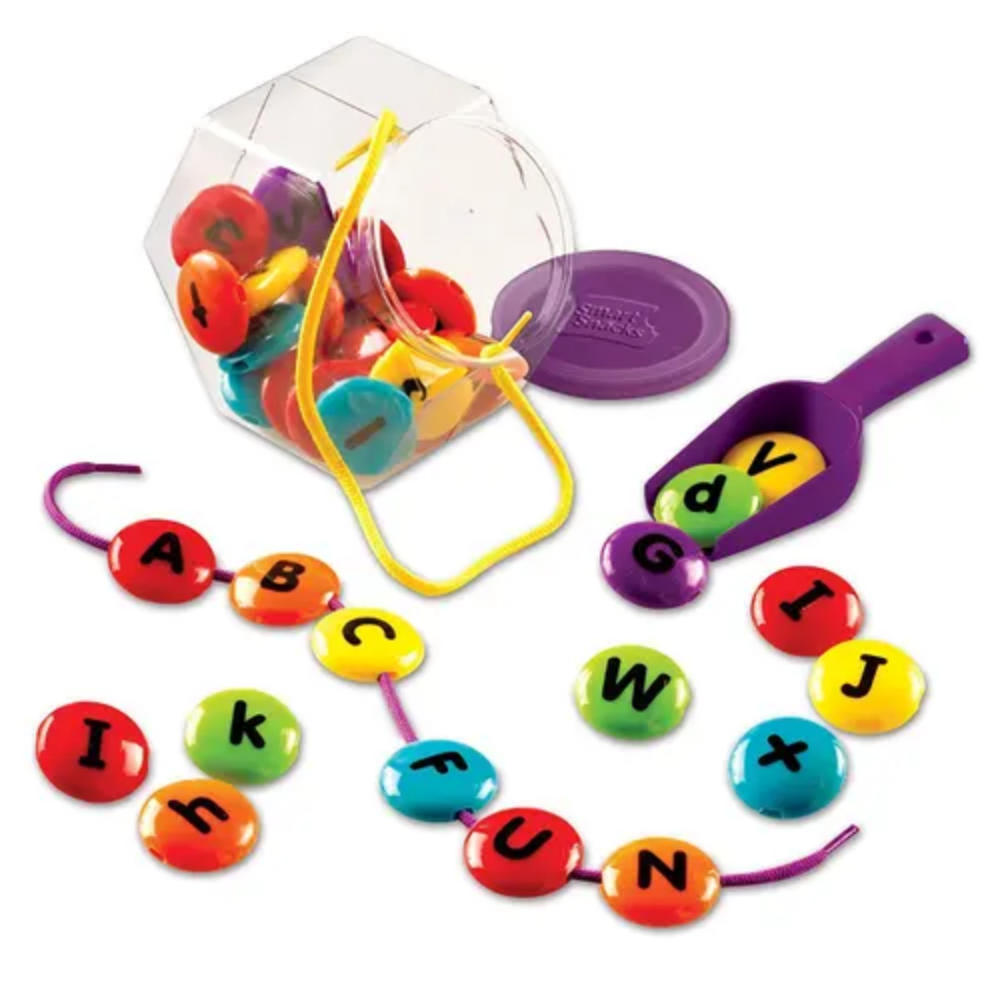
4 Simple SEL Skills
- Patria Lincoln Posted On Jun 5, 2020 | Social-Emotional Learning
How do you see children react when another is crying? Or just visibly sad? As adults, it’s easy expect a child to show concern over another in these situations. And many do. Empathy can begin to be documented as early as eight to 10 months old. But like many social emotional skills, this can be developed over time and strengthened through a few things you can do as a parent while you are building someone amazing!
Quantity and quality of skill development differs in children and their age groups. There are a few easy ways to exercise this skill at home that doesn’t require extra effort from parents. Teaching children the importance of empathy is a lifelong skill that children will continue to use.
Model empathy
Children learn from watching. Be a role model of empathy to your children without explicitly stating that there is a lesson in it. Allow your child to see how you acknowledge and value others’ feelings and show understanding towards others feeling sad, frustrated or angry. Do the same with your children too. Rather than dismiss a child’s negative emotions, acknowledge them and work with them through these feelings. Sometimes children need help verbalizing and understanding these feelings too. It may be helpful to say, “It looks like you’re sad. How can I help?” Children will pick up on these behaviors and are influenced by the adults in their life.
Talk about emotions and why they are feeling that way
Helping connect behaviors and resulting feelings is an important step in understanding empathy. For example, if a child sees a sibling or friend upset, help your child see the connection as to why and how they can help. Simple sentences like, “Your sister is sad because she can’t find her book. How can you help make her feel better?” You can also connect these dots while reading stories or watching movies. While your child may not have a direct connection to a character’s experience, try asking them if there is a time they have felt similarly.
These are great steppingstones for younger children. For those five and up, begin asking them to recognize how others are feeling. “How do you think your brother feels? What could have made him upset? What would help him feel better?” Naming emotions is important in understanding the different ways someone may feel, and they may be feeling many emotions. Encourage those older children to think of more than one feeling too.
Encourage role playing
Let kids’ creativity shine through and practice empathy in make believe. What do superheroes do? They help those in need who are probably scared, afraid or sad. Superheroes show empathy through wanting to help others. Grab a superhero cape and let kids imagine who they may be helping and how that person is feeling. Maybe your child has a kitchen of their own in their playroom. How might they feel if they burnt their cookies that they worked so hard on? Even playing with farm animals and creating their own stories provides opportunity to practice empathy outside real situations, but the skills they pick up in play are likely to apply to events in real life too.
Recognize and praise when children are empathetic
Words of affirmation are great ways to recognize children for their good actions. These confirmations will encourage children to continue to behave similarly in the future too. Telling children things like, “I’m proud of you for helping make your friend feel better” or “That was very nice of you to ask how you can help” demonstrate that they have done something well, even if their efforts are dismissed. Additionally, this helps kids be more cognizant of how those around them are feeling, which is a skill that will serve them throughout life.
Teaching empathy is an important social emotional skill that kids will take far outside of the house. It starts at home, and it’s easy to create these learning opportunities without making huge changes in your daily routine. Finding opportunity at home to provide these learning experiences helps prepare future generations to show empathy towards one another.
 Shop UK Site
Shop UK Site 









































